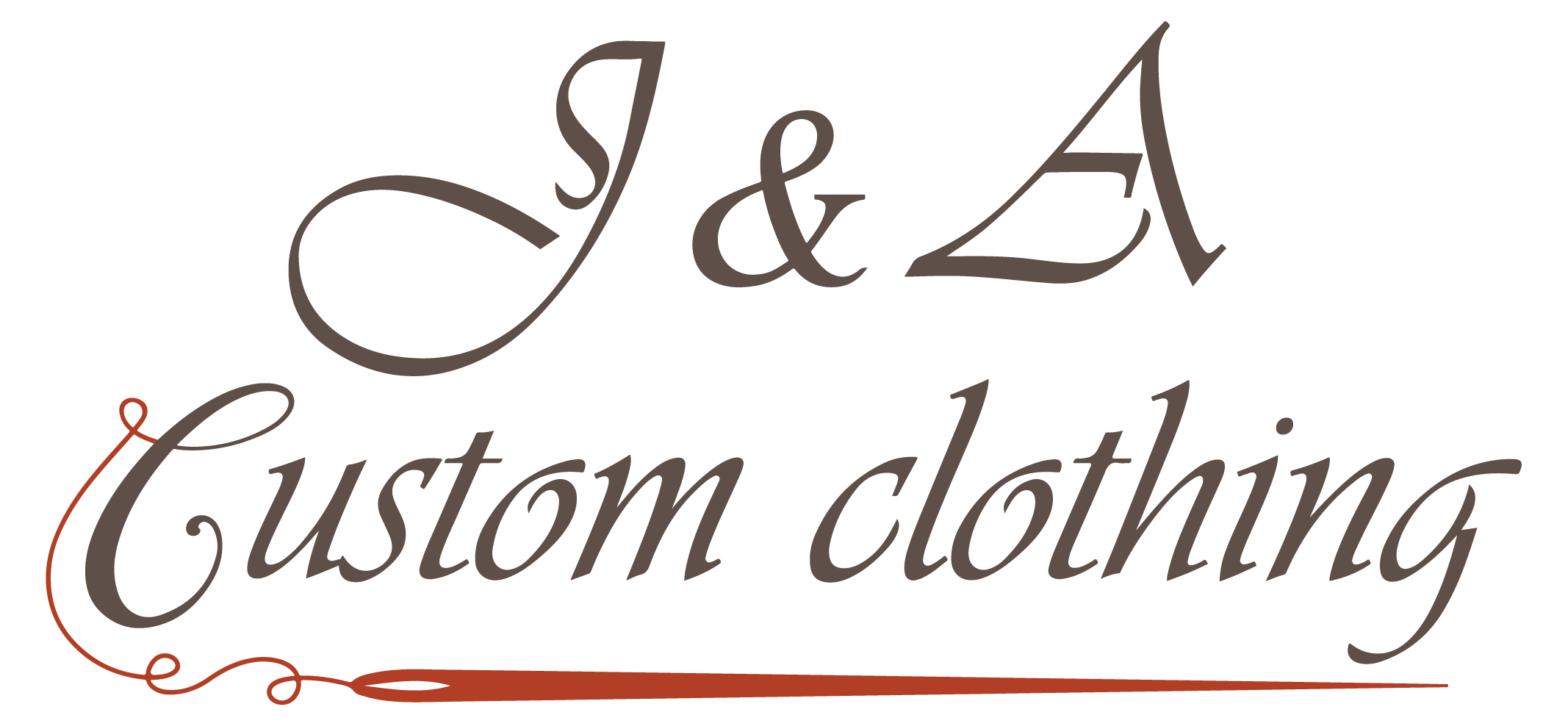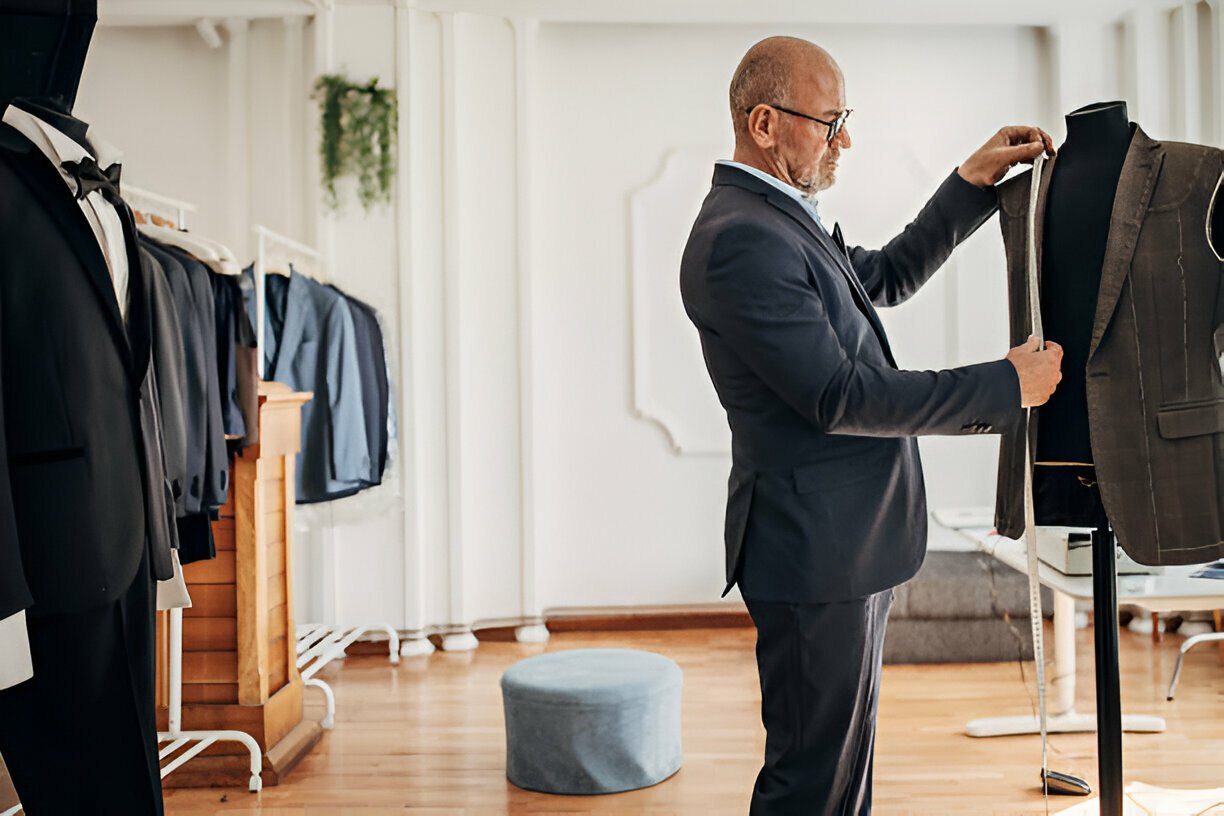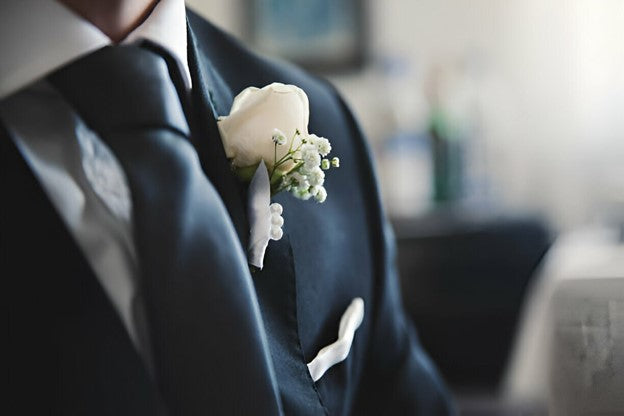Blazer vs Sports Coat vs Suit Jacket - A Complete Guide

Just as suits aren't a one-size-fits-all affair, recognizing the subtle distinctions between each type can significantly enhance your outfit coordination, preventing fashion faux pas like mismatching a suit jacket with casual cotton chinos—a combination that seldom looks good.
Mastering the art of assembling a versatile, fashionable wardrobe tailored to your needs and appropriate for any event becomes straightforward once you're familiar with the diverse array of suit options designed to complement your lifestyle. The era of settling for generic, poorly fitting off-the-rack men's suit jackets for every conceivable occasion is behind us, as these often fail to flatter your style or physique.
You might wonder why distinguishing among men's blazers, sports coats, and suit jackets matters. The key lies in recognizing their unique characteristics, which can significantly influence how well they pair with other pieces in your wardrobe.
A contemporary wardrobe that incorporates a variety of jacket styles is crucial for crafting a flexible and practical clothing collection. Understanding these differences ensures you're always event-ready, avoiding common errors like attending a formal gathering in a sports coat or wearing a thick sweater under a snugly tailored suit jacket (which might keep you warm but won't necessarily project the intended style).
Familiarity with the spectrum of essential men's suit jackets and timeless menswear pieces is vital for addressing the needs of different seasons and occasions.
So, let's dive into the nuances and unique attributes of each type, setting the stage for you to elevate your fashion game.
Is there a difference between suit jackets and blazers?
Indeed, suit jackets and blazers serve distinct roles in men's fashion. Blazers offer a more casual appeal compared to the more formal suit jackets, often featuring a lighter construction without the typical padding and lining found in suit jackets, which contributes to their comfort and suitability for layered looks or warmer climates.
What distinguishes a blazer, a sports coat, and a suit jacket?
The versatility of sports coats sets them apart; they can be effortlessly matched with trousers of different fabrics or patterns, making them essential for casual outings or holiday attire. The key distinction lies in the presence of matching trousers: suit jackets are part of a set, while sports coats and blazers usually stand alone.
Sports coats often boast patterns, setting them apart from the typically solid-colored blazers. The structure also varies significantly; suit jackets are designed with a more defined and structured shoulder, while blazers offer a relaxed fit with softer shoulders, positioning them as a less formal option. Blazers excel as a versatile piece, fitting seamlessly into semi-formal business environments as well as leisurely weekend gatherings.
Blazers: How to Look Blazing Hot in a Blazer?

What is a Blazer?
Blazer jackets are typically recognized by their solid color fabric and contrasting buttons, usually being unpadded or unlined. In the past, particularly in Ohio, USA, blazers were a mark of belonging to a specific group, often adorned with distinctive decorations like crests or nautical motifs, and featured either metal buttons or light-colored buttons, such as Mother of Pearl.
Colors for Blazers
The name "blazer" originates from the ‘blazing red’ jackets worn by members of Cambridge’s Lady Margaret Boat Club, designed in red flannel to be highly visible. There are also striped versions known as Regatta Blazers, known for their boldness. Blazers have evolved into a symbol of prestige and exclusivity, especially when worn outside of their initial contexts.
Most Common Blazer Color
Today, the most prevalent blazer color is navy, but the palette has expanded to include cream, blue, wine, and camel, among others. For a business casual or smart-casual appearance, it's advisable to avoid maroon and grey as these are often associated with school uniforms.
Blazer Fabrics
Originally, blazers were crafted from worsted serge wool, flannel, or hopsack. There's been a diversification in blazer fabrics, including cashmere, silk, velvet, tweed, and linen, to accommodate different tastes and occasions.
What Blazers are in Style?
Blazer jackets come in a variety of styles, including single-breasted blazers with 1, 2, or even 3 buttons, as well as double-breasted blazers with various button configurations. In Ohio, USA, where the climate can vary, both single-breasted and double-breasted blazers are popular choices. While single-breasted blazers are a common sight due to their versatility, a well-tailored double-breasted blazer can offer a sharp, refined look.
Considerations for Double-Breasted Blazers
When considering a double-breasted jacket, there are a couple of key points to keep in mind:
- Always Buttoned: Double-breasted jackets generally need to be kept buttoned up. Leaving them unbuttoned can cause the jacket to flare out, creating an unflattering silhouette. If you prefer a more relaxed look with the option to wear your blazer unbuttoned, a single-breasted blazer may be a better choice.
- Fit and Body Shape: Double-breasted blazers might not be flattering for those with a larger midsection. The structure of these jackets, requiring the buttons to be done up to avoid pulling or straining, necessitates ample room in the jacket. This can accentuate the midsection. Conversely, a single-breasted jacket can offer a bit more flexibility in fit, potentially creating the illusion of a slimmer waistline. Additionally, the shorter V-neckline of a double-breasted blazer can give a more stocky appearance, unlike the elongating effect of the deeper V-neckline on a single-breasted blazer.
Blazer Outfits: How to Wear a Blazer?
Blazers are ideally worn with contrasting trousers, such as cotton chinos or denim jeans. This style, known as “Spezzato” in Italian, encourages a mix-and-match approach for a dynamic and cohesive look. Here are some tips for assembling an attractive blazer outfit:
- Color Contrast: Avoid wearing pants that match the blazer's color too closely unless there is a significant shade or fabric difference. For example, pairing a dark navy blazer with medium blue jeans is acceptable.
- Fabric Consistency: Match the weight of the blazer fabric with the trousers. Do not pair a flannel blazer (a mid-weight winter fabric) with linen trousers (a light summer fabric). Instead, aim for consistency in fabric weight, like matching a flannel blazer with stiff cotton chinos, denim, or mid-weight wool trousers.
- Shirt and Blazer Contrast: Ensure your shirt also contrasts with your blazer. A white or light-blue collared shirt is a safe and versatile choice. For a more adventurous look, consider shirts with subtle patterns like navy pinstripes, gingham, or checks. For a casual blazer outfit, you could wear a navy blazer over a white polo or T-shirt, paired with light-blue jeans and white sneakers, adding a modern twist to your style.
Sports Coats - How to Hit All the Right Goals When Sporting

What is a Sports Coat?
A Sports coat is a casual jacket designed for informal occasions, crafted from textured or patterned fabrics. Originating from activities such as hunting, clay shooting, horse riding, and more, the sports coat historically served as attire for outdoor sports, making it the polar opposite of a formal suit jacket.
In modern times, the terms ‘blazer’ and ‘sports coat’ are often used interchangeably, though they bear distinct differences.
Colors & Fabrics for Sports Coats
Common Fabrics and Patterns
Wool stands out as the predominant fabric choice for sports coats, with the check pattern being particularly popular. This includes a variety of checks such as windowpane, glen check, Prince of Wales, gingham, plaid, tartan, madras, and houndstooth. Beyond checks, sports coats can be crafted from a range of materials similar to those used for blazers, including flannel, cashmere, tweed, linen, and wool.
Colors to Avoid
When it comes to colors, sports coats offer a wide palette except for black. A black sports coat is a misconception, as black's formality contradicts the casual essence of a sports coat.
Sports Coat Style
Sports coats typically feature a relaxed structure with minimal to no shoulder padding, catering to personal preference and body type. For those with a fuller figure, added structure and shoulder padding might be necessary to achieve a flattering silhouette.
A distinctive trait of sports coats is the inclusion of patch pockets, a casual alternative to the flap pockets found on blazers and suit jackets. However, sports coats with standard flap pockets are also common.
Sports Coat Outfits - How to Wear a Sports Coat
To master the sports coat look, pair it with contrasting trousers, such as cotton chinos or denim jeans. Follow these guidelines for successful sports coat ensembles:
- If your sports coat features a check pattern, opt for trousers in a solid color without patterns, or at most, a subtle pattern or texture.
- Avoid matching check-pattern trousers with a differing check-pattern coat, as it creates a disjointed appearance.
- When wearing a check sports coat, steer clear of check shirts to prevent pattern clashes. A micro-check or gingham shirt may be an exception if paired with a large check pattern on the coat.
- Combining a striped shirt with a check sports coat is generally ill-advised due to the potential clash between stripes and checks.
- Shoe choices can range from lace-up oxfords, boots, loafers, and boat shoes to sneakers, depending on the casualness of the trousers.
Suit Jackets: Navigating Styles and Trends

What is a Suit Jacket?
A suit jacket is precisely as described - a jacket that forms part of a coordinated two or three-piece ensemble, complete with matching trousers and, for three-piece variants, a complementary waistcoat. The entire outfit is crafted from identical fabric, giving the suit its cohesive appearance and hence the term "suit jacket."
Typically, a suit jacket represents the pinnacle of formal jacket styles. It boasts the most structured design and usually opts for more traditional color schemes - envision classic hues like navy and gray. Patterns can also adorn suit jackets, adding an extra layer of style.
What is the most common jacket pattern?
Certainly, here's an expanded version of the most common suit jacket patterns:
- Herringbone:
- Characterized by a distinctive V-shaped weaving pattern that resembles the skeleton of a herring fish.
- Provides a subtle texture that adds depth to the fabric without overwhelming boldness.
- Often found in wool suits, making it a popular choice for both formal and casual styles.
- Features thin, vertical stripes running uniformly throughout the fabric.
- Traditionally associated with business and formal wear, offering a sharp, professional look.
- Pinstripes can vary in color and spacing, allowing for a range of styles from conservative to more modern interpretations.
- Also known as the Glenurquhart check, it presents a complex pattern of small and large checks.
- Originates from Scotland and is frequently seen in tweed and wool suits.
- The pattern is versatile, and suitable for both professional settings and casual outings.
- A variant of the Glen Check, it includes a distinctive overcheck in a contrasting color.
- Named after Edward VIII, the Duke of Windsor, who popularized the pattern in the 20th century.
- The Prince of Wales check is elegant and is often associated with luxury and high fashion.
- Windowpane:
- Consists of thin lines that create a large, grid-like pattern resembling window panes.
- This pattern allows for easy matching with various shirt and tie combinations due to its clear, simple lines.
- Offers a modern twist on classic suiting, providing a bold statement without being overpowering.
Choosing the Right Jacket: Sports Coat vs Blazers vs Suit Jackets?
So now that we have described each of the three jacket types individually, let’s compare the three and sum up what we’ve explored on differences between men’s suit jackets, men’s sport coats, and men’s blazers.
Well, one difference is the level of formality – a suit jacket is typically the most formal, a blazer is somewhere in between, and a sports coat is the most casual of the three jackets.
Another difference is whether they have a matching pair of trousers - a suit jacket does, whereas a sports coat and blazer generally do not.
Choosing the right jacket ultimately comes down to the occasion you need it for. While a suit jacket, a sports coat, and a blazer all have their differences, the bottom line is that they are all men's jackets, and what they all have in common is that if you're wearing one, you're going to look well put together and stylish.
And remember: every impression counts. Especially the first one. Like it or not, those around you judge you based on how you look.
So be confident, knowing you’ll look damn good in the perfect blazer, sport coat, or suit jacket perfect for the event you’re at.
Looking for more styling suits, sports coats, and Jackets in Ohio
Transform Your Wardrobe with Unmatched Elegance! At JA Custom Clothing, we specialize in crafting the finest styling suits, sports coats, and jackets that elevate your presence to the next level. Whether you're aiming for a classic look or a modern twist, our bespoke pieces are tailored to fit your unique style and preferences. Don't settle for off-the-rack - choose custom, choose quality, choose JA Custom Clothing. Visit us now to explore our exclusive collection and start your journey towards sartorial perfection. Your ideal wardrobe is just a click away!




